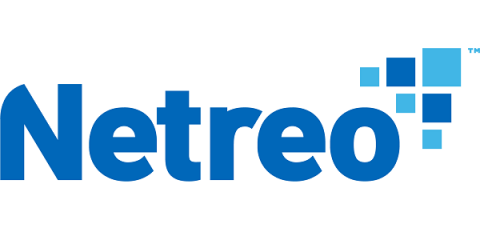Operations | Monitoring | ITSM | DevOps | Cloud
Latest News
Monitoring custom metrics with Netreo
All too frequently system administrators and developers need to keep an eye on critical signals generated by their production systems. However, if these signals are highly specific in nature, tracking them can be tough. Most monitoring systems stick to tracking standard metrics emitted by servers hosting applications. But what happens if you need to monitor a number of specific customers that have signed up in the last hour and custom metrics?
Top Configuration Management Tools: Chef vs Puppet & More
In this latest consideration guide created to assist IT operators in which tools they choose for a range of different processes and activities, we’ve gathered a range of insights from some of our favourite specialists to take you through the essentials tools of configuration management. Configuration management is a systems engineering practise that ensures consistency of the configuration supporting both software and hardware of a company or product.
How To Instantly Boost the ROI of Your Hybrid Cloud
Advertising tycoon David Ogilvy famously remarked, “Half the money I spend on advertising is wasted; the trouble is I don’t know which half.” Replace the word “half” with “one-third” and “advertising” with “public cloud” and you’d describe what enterprises are grappling with right now. They know that not all of the cloud resources they’re paying for are being used, but they don’t know which ones those are.
Integrating a Cloudsmith repository with a Drone CI pipeline
At Cloudsmith, we strive hard to ensure that private Cloudsmith repositories work with any build and release process that our customers use. Our mission is to be the universal package management solution that any modern DevOps workflow requires.
How to choose the best enterprise Kubernetes solution
While containers are known for their multiple benefits for the enterprise, one should be aware of the complexity they carry, especially in large scale production environments. Having to deploy, reboot, upgrade or apply patches to patches to hundreds and hundreds of containers is no easy feat, even for experienced IT teams. Different types of Kubernetes solutions have emerged to address this issue.
Bigleaf with Big Problems: Does It Have the Solutions?
Your business seeks a high-performance, flexible, cost-effective, and more secure alternative to Multiprotocol Label Switching (MPLS). Welcome to software-defined wide area networks (SD-WANs)! An improvement over legacy dedicated MPLS circuits, SD-WAN solutions deliver easily manageable networks with a high quality of service (QoS). Yet, your IT team tells you that SD-WANs aren’t cloud-optimized or mobile-device friendly.
Transforming WebSphere ND on AIX to WebSphere Liberty containers using CloudHedge's App Modernization platform
In my last post (read here), we saw how CloudHedge enables enterprises to execute the transformation of WebSphere ND on Linux Apps to WebSphere Liberty Container in a non-intrusive way. As an addition to the previous post, this one talks about transforming WebSphere ND on AIX to WebSphere Liberty containers using CloudHedge’s App Modernization platform.











